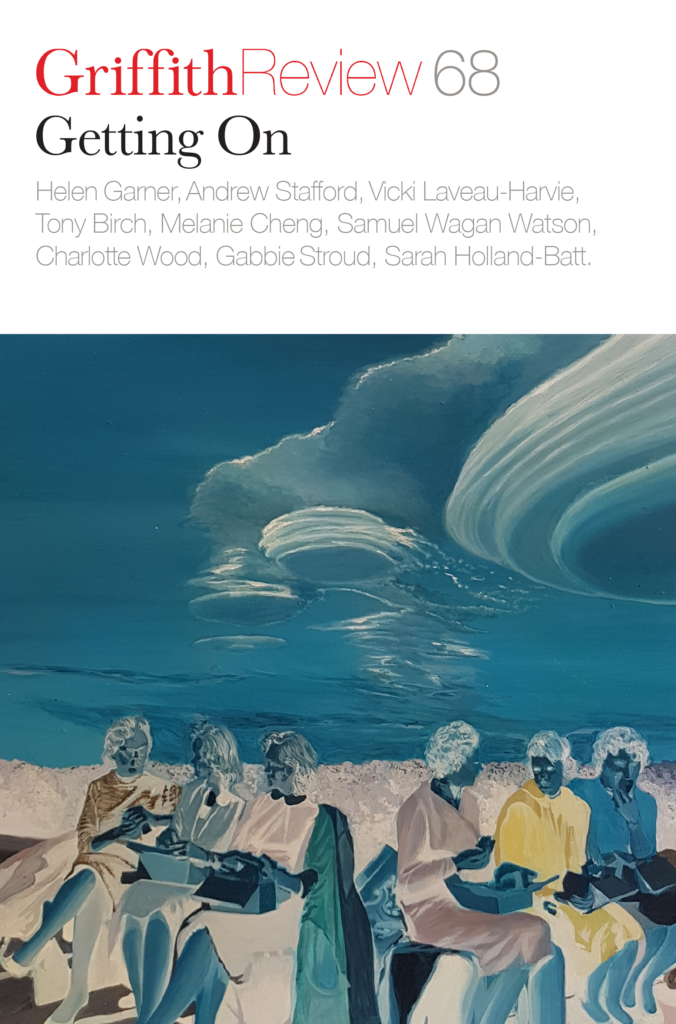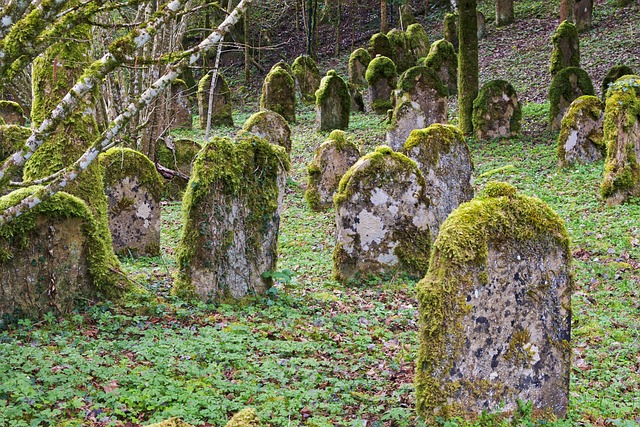Featured in

- Published 20200505
- ISBN: 9781922268761
- Extent: 264pp
- Paperback (234 x 153mm), eBook
Listen to Editor Ashley Hay read her introduction ‘The time of our lives’.
YEARS AGO, I read a book by Douwe Draaisma, a professor of history and psychology at the University of Groningen, called Why Life Speeds Up as You Get Older (CUP, 2004). Draaisma recounts early explorations of this phenomena, including the French philosopher Paul Janet’s 1877 proposal of a mathematical relationship between the proportion of life lived and the speed at which it seems to move. By this equation, a ten-year-old child perceives a year’s passage as relatively slow because it represents a greater proportion of the total time they’ve lived (one tenth) compared with the same duration experienced by a fifty-year-old (2 per cent of their life). The philosopher and pioneering American psychologist William James (brother of Henry) echoes this in distinguishing between the novel and exciting experiences of youth – ‘intricate, multitudinous and long-drawn out’ – and those of later life, where ‘the days and the weeks smooth themselves out in recollection to contentless units, and the years grow hollow and collapse’.
No matter the theory, Draaisma concludes, our experience of time is explained by the operations of consciousness.
TO TALK ABOUT ageing in Australia today is rarely to talk about the passage of time. In recent months, the subject has been largely framed by intersections between a Royal Commission and its revelations of institutional shortfalls and betrayals; the urgent need for reform; the conditions we place under the umbrella designation of ‘dementia’; an increasing awareness of under-reported ageism; the seemingly intractable gap in life expectancies between Indigenous and non-Indigenous Australians; the day-to-day experience of some 200,000 older Australians who live in residential-care facilities; and an emphasis on the ‘costs’ of an ageing population rather than any framing of the potential benefits of longevity.
None of these topics is new: as several writers in this collection note, Australia has held seventeen inquiries into this sector in the past decade, with calls for reform attending every one. At the end of Dear Life, her 2015 Quarterly Essay, the writer and physician Karen Hitchcock calls for ‘the resources to care better for the elderly in the institutions we have imperfectly built’ as well as ‘adequate supports and deep social transformation so that many people can live on in their communities and homes’. She advocates for awareness of ageism ‘in every program and policy we implement’. She also quotes Simone de Beauvoir’s observations that ‘old age exposes the failure of our entire civilisation’. ‘Once we have understood what the state of the aged really is,’ de Beauvoir wrote in The Coming of Age (André Deutsch, 1972),
we cannot satisfy ourselves with calling for a more generous ‘old-age policy’, higher pensions, decent housing and organised leisure. It is the whole system that is at issue and our claim cannot be otherwise than radical – change life itself.
It’s the word life that feels crucial to highlight. At a basic biological level, the concept of ageing – senescence, defined as the condition or process of deterioration with age; the loss of a cell’s power of division or growth – is nothing to do with seniority or dotage, longevity or maturity. It’s me today instead of yesterday, and the biological change that’s taken place across that time. It’s an idea that recalls the famous impossibility of stepping twice into the same river: the water – or time – rushes on. It’s what happens between birth and its inevitable successor, death – no matter how long that span.
THERE ARE MANY prisms to bring to bear on age and ageing, maturities and mortalities. This collection includes stories of changes navigated and celebrated, and changes of heartbreaking loss. There are lives recalled, lives observed, lives imagined and challenges laid down: calls for transformation from individual ways of being through to policy and practice at a whole-of-sector level, from standards of care to the contested spaces that surround voluntary assisted dying. The modernity of the concept of retirement is laid against the realities of superannuation and pension-fund shortfalls – particularly for older women, who are also more vulnerable to homelessness. There are calls for advocacy – from the personal to the institutional – from the generation on the brink of a more senior demographic bracket, and the one that will follow after that. There are calls for agency, for recognition, for a deeper acknowledgement of lived experience, and for a focus on people as people, not problems to be solved.
In all these ways, Getting On investigates the range of definitions suggested by its title: getting older, yes, but also finding ways to get on with each other – and the pragmatism, too, of simply getting on with things.
JUST BEFORE HIS death at eighty-two, the neurologist and writer Oliver Sacks worked on a series of essays including ‘My Own Life’, later described as a ‘self-penned obituary’ for The New York Times. In what may have been a kind of final breath of creative satisfaction, it extols the ‘privilege and adventure’ of having lived as ‘a sentient being, a thinking animal, on this beautiful planet’. It’s a resonant sentence, and it speaks to the idea of longer life as a gift against any framing of longevity in more negative or imminently catastrophic terms. The quality of that life matters, of course, as several contributors to Getting On make clear – it’s not just quantity at any cost. But quality and longevity is a heady mix. That’s a cause for celebration, and for more growth. And it’s an opportunity to keep looking forward.
We’re strangely wired to look backwards as we get older: people aged sixty and older recall more from their earlier lives than more recent events, thanks to a tendency called the ‘reminiscence bump’. But change – transformation – depends on what we see in this moment, and how we imagine the future to be. That foresight, that imagination, is as remarkable as the capacity for sentience.
As for the apparently changing pace of time, perhaps it’s a trick of competing perceptions – think of the way Ravel’s Boléro accelerates as it unfolds. But the music doesn’t speed up; the volume builds. We mistake one change for another.
Perhaps our experiences of ageing – of all the living we do until the moment of our death – depend, in some ways, on what we’re conscious of, as much as on our consciousness. What we remember, what we observe and on what we insist.
This publication contains content some readers might find distressing. If this raises any concerns for you, help is available from Lifeline on 13 11 14, at beyondblue.org.au or from the National Dementia Helpline on 1800 100 500.
Listen to the audio file of this introduction:
REFERENCES
Draaisma, D. (2006). Why Life Speeds Up as We Get Older, Cambridge University Press, pp. 202-203.
Hitchcock, Karen. (2015). Dear Life: Quarterly Essay 57, Black Inc. Books, pp. 68-70.
Sacks, Oliver. (2015). ‘My Own Life’. The New York Times, 19 February 2015. https://www.nytimes.com/2015/02/19/opinion/oliver-sacks-on-learning-he-has-terminal-cancer.html?_r=0
Share article
More from author

Between different worlds
IntroductionAntarctica offers windows into many different worlds...
More from this edition

In an unguarded moment
Essay IT’S EARLY ON a Friday and the usual morning hustle of a school day is playing out in my kitchen. Olivia, ten, is dressed...

Note to self
GR OnlineHELLO YOU. Sorry you never get a Christmas card. Sorry I never invite you out to dinner. Sorry I have neglected and ignored you so...

Experiments in the art of living
Essay A FEW YEARS ago, a pretty young woman approached me in the lunchroom of the building where I began work on my novel, The...